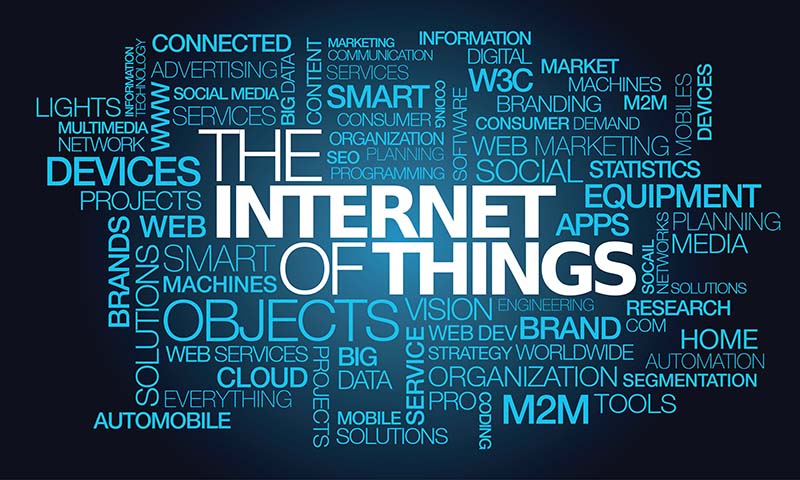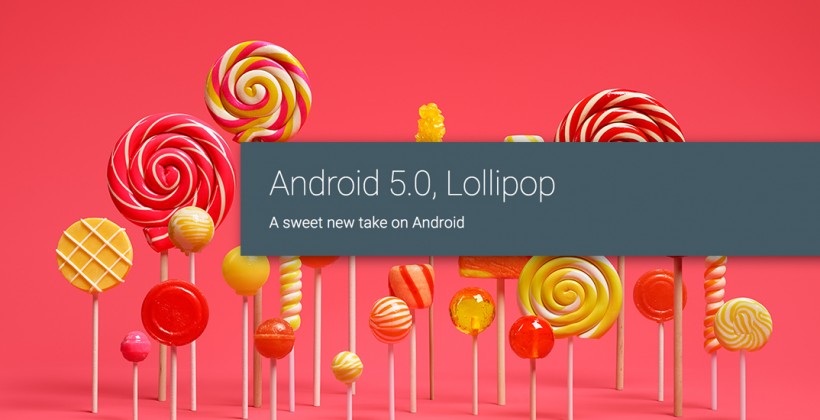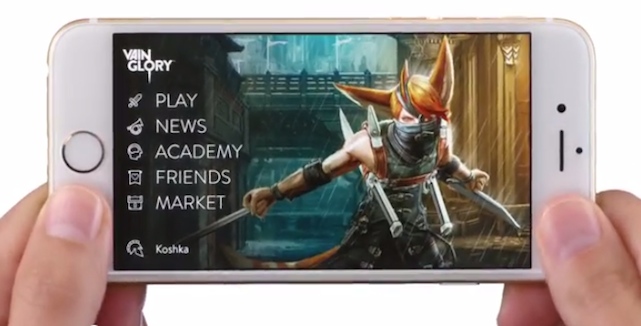And Amazon is in the midst of it all, gearing up to deliver groceries and other home supplies to its customers as soon as possible, in an era where no one wants to wait too long for his package to arrive. Amazon Prime’s idea of using small drones to deliver packages has been thwarted by the US’ FCC, but they’re still looking at ways to make transportation as fast as possible.
But how to robots and appliances recognize what is what, when they don’t have the AI of even the most dim-witted puppy? There are a myriad of ways to achieve this. RFIDs (Radio-frequency identification) are one easy way. In an ideal world, all objects, cars, and people in daily life will be equipped with identifiers so that computers could manage and inventory them. Besides using RFID, the tagging of things may be achieved through newer technologies such as near field communication (NFC, which many new smartphones come with), barcodes, QR codes and digital watermarking.
Suddenly, the internet of things don’t seem too hard to grasp, nor too hard to realize, does it?
That’s because it is really not.
The term, Internet of Things, was first coined by Kevin Ashton, way back in 1999 when he was working at Procter & Gamble. He later co-founded the Auto-ID Center at the Massachusetts Institute of Technology. But the original concept goes way back to 1982, when a modified Coke machine at Carnegie Mellon University becoming the first internet-connected appliance, able to report its inventory and whether newly loaded drinks were cold. Mark Weiser’s seminal 1991 paper on ubiquitous computing, “The Computer of the 21st Century”, as well as academic venues such as UbiComp and PerCom produced the contemporary vision of IoT.
Are there any downsides and valid criticisms to the Internet of Things? Of course there are, as with any new concept or idea.
The one that concerns people most is the loss of privacy. Put simply, the “Internet of Things” is also an “Internet of Things That Can Be Hacked.” Smart-home devices will know a great deal about our personal lives, from our schedules to shopping habits, appointments, what medicines we take, and even what room we’re in. For example, light sensors in a home can tell how often certain rooms are occupied, and temperature sensors may be able to tell when one bathes, exercises or leaves the house, while microphones can easily pick up the content of conversations. That makes the privacy implications enormous. We might think twice about what our homes know about us, not just what we post to social networks. There are many Internet-connected appliances that can already “spy on people in their own homes” including televisions, kitchen appliances, cameras, and thermostats.
Then there’s the closely-linked question of security. As the Internet of Things spreads widely, cyber attacks are likely to become an increasingly physical – rather than simply virtual – threat. Hackers could create havoc by turning appliances and security systems on and off. Baby monitors have been successfully taken over by outsiders. One advantage that IoT security may have is it’s still in its early stages, and the security community has a chance to build IoT systems with a strong measure of protection.
The U.S. National Intelligence Council in an unclassified report maintains that it would be hard to deny “access to networks of sensors and remotely-controlled objects by enemies of the United States, criminals, and mischief makers… An open market for aggregated sensor data could serve the interests of commerce and security no less than it helps criminals and spies identify vulnerable targets. The intelligence community views Internet of Things as a rich source of data, data that can be misused by anyone with the right tools and know-how.
There is also the question of how can we leave our children with these devices, and trust them to act in the same way that a human would.
Some manufacturers are also reluctant to let go of their own ecosystems they’ve so carefully built up, and let a collective common protocol decide their future products. Some vendors might build islands, closed IoT environments that only work with their products and those made by selected partners. Privacy protections may be treated loosely, with users forced to opt out if they don’t want their home turned into a giant spy cam for marketers.
But, despite all these misgivings, the Internet of Things is a true breakthrough that has the potential to change the way we live in the near future, if implemented correctly. Health systems, home energy use, hardware, home building, electronics and the entire category of wearables, all stand to benefit enormously from it.
Right now, a wearable device can monitor the number of calories you burn during the day; but as technology advances, doctors will be able to analyze huge amounts of anonymized data to make advancements in healthcare advancements medical care bout populations of people, helping them advance medical care. Sensors in cars can monitor a driver’s performance today; in the future, they’ll upload telemetry data to the cloud to help reduce traffic congestion. Apple’s Health Kit and CarPlay are just two examples of what is possible when everything comes together. Then there’s Apple pay that singlehandedly is poised to make paper money disappear.
The future is literally a worldwide network of interconnected computers, except that they will be much tinier in size and larger in number. The future is now, and it is happening even as we speak.






